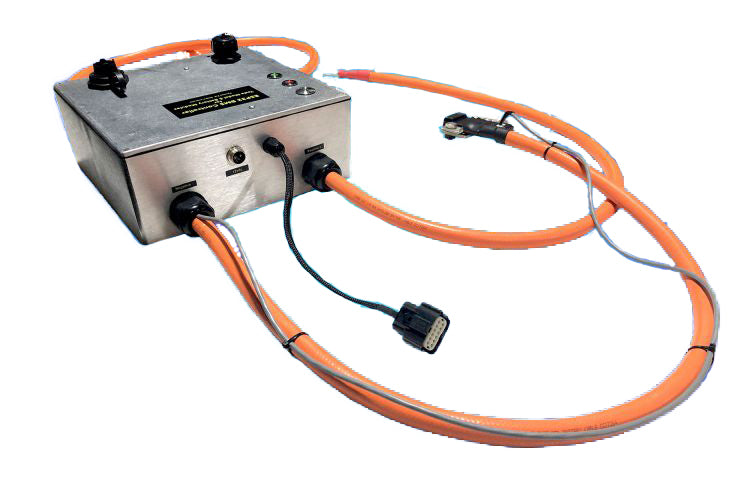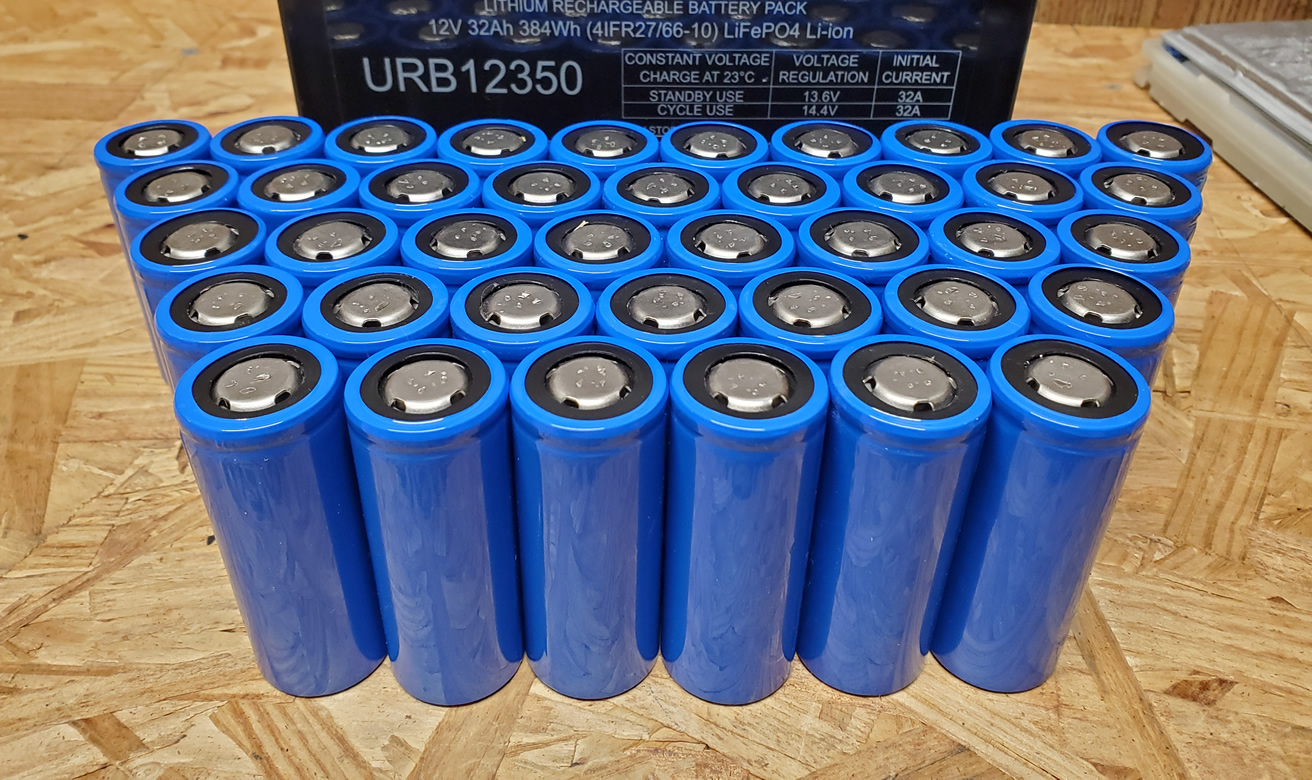Yes!!!!
Um, so, sort of no, then. Someday that could begin to change. That depends on a lot of factors, even today, though. For instance, just because someone has only changed a light bulb doesn't mean they don't already have the intuition and intelligence to know how to do much more, but often someone wealthy enough to have access to a Model S pack (so likely intelligent) and still not have experimented with electronics is likely not interested in that sort of thing and wouldn't have the built in drive and intuition that matches those skills (construction, math, engineering, detailed, boring, dangerous, etc.).
Unfortunately, it requires a lot of construction, computer programming, and electrical skills. A lot of people want the marketplace to bridge that gap, and within a few years, I think it may, but right now, only "tinkerers and inventors" are working on it (using the words of Jack below).
I've most recently been watching EVTV for this, but a lot of people are doing it. I'm going to use EVTV as an example, and you can use plenty of other examples as you find them.
Currently,
http://evtv.me/ has switched from doing car EV conversions to tinkering around and inventing various products centered around what you're discussing. However, he can't do product support, so he only wants those who are already pretty skilled getting his DIY products together. Alternatively, his fully built packages are very expensive and he doesn't make many of them, plus he still has to source the modules. It's a bad fit all around.
I think some other products and trailblazers may help, but let's at least talk about what I have heard of recently from EVTV, and then you can start to understand what alternative equipment providers have to offer in comparison, which is probably similar.
Here's just some talk about doing it:
While the optimal way to do it is use the full pack as is without taking it apart, the support for that approach has never been good by inverter manufacturers (they should fix that!!!), but it's still possible, but less supported. Having said that, you can also take the pack apart and do the usual various parallel setups. I wouldn't call either method "wrong", but no one today really supports the "right" way to do it, and now the "practical" way is just to split it apart and parallel them (in 2 series groups).
You could spend days watching videos on EVTV (linked above under "archive"), reading what wk057 did at
http://wk057.solar/ (hunt around that site for his TMC forum links), and still not have read about every way someone's done it and not know enough to know what to do.
It looks like the best way to do it today is break open your Model S pack (boooo! such a waste ...) and go the 2S route. Note that you have to use specialized inverters and BMS equipment such as available here:
This battery controller, Version 2, uses an Espressif ESP32 chip with Wi-Fi capabilities to monitor Tesla Model S Battery Modules. Broadly, it simulates the BMS management board in a full Tesla Model S battery pack to monitor each of the 16 battery modules in the pack by communicating with BMS...
store.evtv.me

store.evtv.me
Here's parts of an email the owner of that store sent me regarding that approach:
Since you have an opportunity for a full pack, you would start rather large, obviously (numerically speaking; you would break it into modules using the 2S route).
Most steps mentioned above have days worth of YouTubes, books, forum posts, etc. Reading them all could take months. That would be more than enough for someone with the right skills already. Some programming is required.




